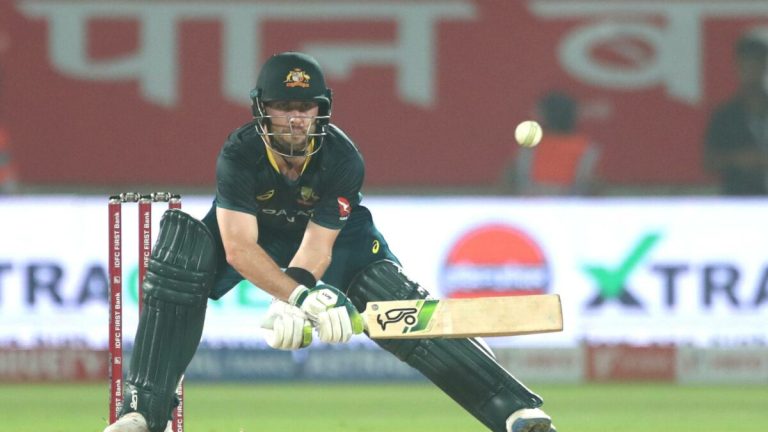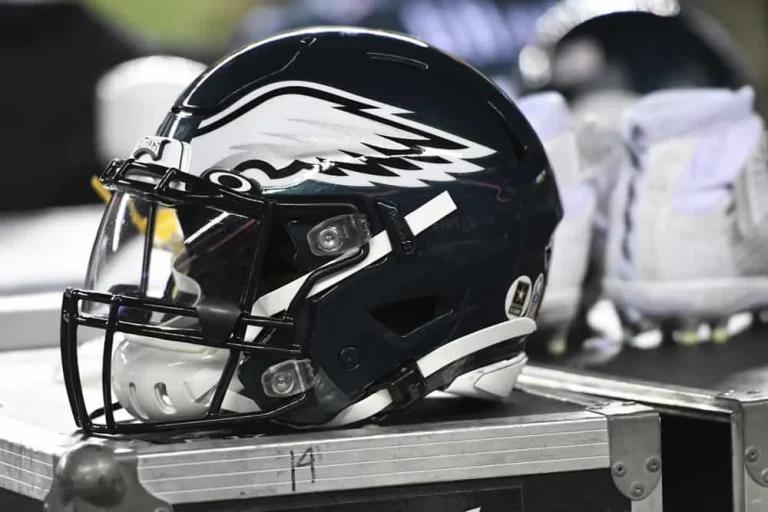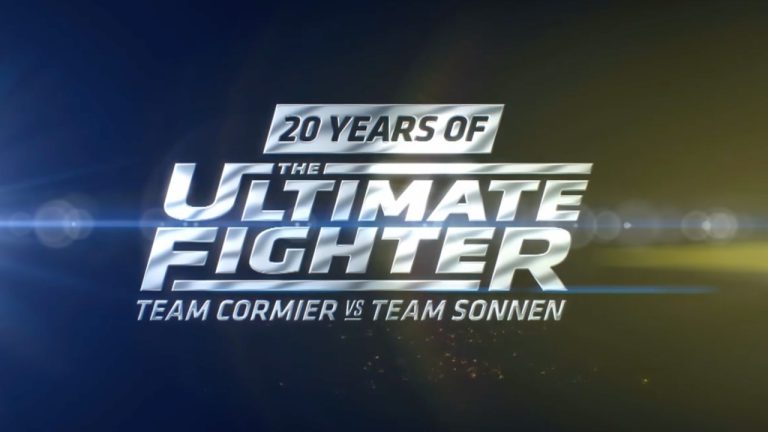Once proud powerhouses of Australian football, Perth Glory and Brisbane Roar have endured sad and prolonged falls from grace.
These clubs stood tall in their heyday, iconic names that drew crowds, played an exciting brand of football, and consistently competed for silverware. Today, they linger in mediocrity, shadows of their former selves.
Brisbane Roar, under the stewardship of then-head coach and now Tottenham boss Ange Postecoglou, once set internationally recognised unbeaten records. They played a fearless, possession-based brand of football that packed out Suncorp Stadium, captivating fans with both domestic and international talent. It was a golden era defined by tactical excellence and genuine star power.
A new era of the UEFA Champions League is here, only on Stan Sport.
Perth Glory, meanwhile, were the pride of the NSL era – boasting silverware, sell-out crowds, and a swashbuckling style of play that embodied their name. The A-League era, however, has been less kind. While there have been fleeting glimpses of revival – most notably their 2019 Premiers’ Plate triumph – those moments have not translated into lasting success.
In a national competition increasingly reliant on strong regional representation, especially following the impressive debut of Auckland FC this year, both Perth and Brisbane have become burdens and impediments rather than assets to the league’s broader growth. Since the 2020-21 season, the Roar have reached the finals only once, while the Glory haven’t made the top six at all. More often than not, both clubs have occupied the bottom rungs of the table.
From poor recruitment and dwindling crowds to underwhelming performances and misguided leadership remarks, these once-great clubs have veered into self-parody. Both now face a pivotal 2025-26 season and one that may well define their future relevance in Australian football.

(Photo by James Worsfold/Getty Images)
Western Australia and Queensland have long been vital contributors to the development of top-tier Australian football talent. From Sam Kerr and Adam Taggart to Clare Polkinghorne and Mitch Langerak, both regions have produced players who have starred for the Socceroos and Matildas. Yet, despite this rich pipeline of talent, the professional outfits representing these regions have too often been incapable of fielding competitive teams in recent years. When clubs so deeply tied to footballing heartlands fail to meet even basic standards of performance, serious questions must be asked.
The 2024-25 season has been particularly sobering for both sides. Ruben Zadkovich, formerly Brisbane Roar’s head coach, bluntly highlighted in his final press conference that his video analyst also worked as a pizza manager – an indictment of the under-resourcing at the club. Meanwhile, at Perth Glory, head coach David Zdrilic described the turbulence he faced in his first season as a professional head coach, with the squad seemingly undergoing open-heart surgery several times mid-season. The team cycled through 36 players during their campaign, with quite a few of them simply not up to A-League standard.
Instability has been the defining theme. The Roar have now moved on from Zadkovich and turned to Michael Valkanis- a seasoned coach with experience at Ajax, PEC Zwolle and the Greek national team. Over in Perth, owner Ross Pelligra and football director Vince Grella have backed Zdrilic and football director Stan Lazaridis, promising more resources to avoid another wooden spoon finish. That vote of confidence comes after the Glory collected three of the past four wooden spoons.
While leadership changes and renewed promises are welcome, the reality is that both clubs must do far more to serve their communities. On-field performances must drastically improve – not only for the sake of the clubs themselves but for the broader health of the A-League. The Glory, who once dominated the NSL era, and the Roar, who set global benchmarks under Ange Postecoglou, are now shadows of what they were. Brisbane’s near-empty Suncorp Stadium on matchday is symbolic of a club that has lost its connection to fans and relevance in the league.
Both Perth Glory and Brisbane Roar should be perennial finals contenders. Instead, they’ve become cautionary tales of mismanagement and unfulfilled potential. For the good of the A-League, which relies heavily on strong regional representation – particularly as new clubs like Auckland FC thrive – the 2025/26 season must mark a turning point. Continued failure simply cannot be accepted.






